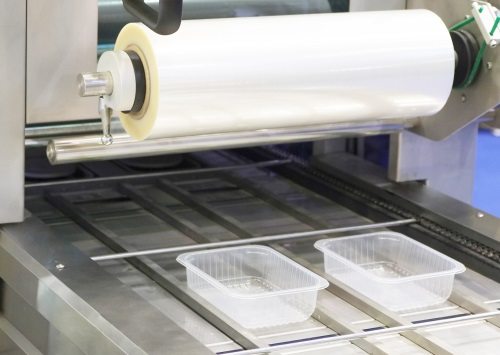The bioplastics market is predicted to grow from around 1.4 million tons (annual production capacity) in 2012 to approximately 6.2 million tons in 2017, according to an annual market forecast by European Bioplastics in cooperation with the Institute for Bioplastics and Biocomposites of the University of Applied Sciences and Arts Hannover in Germany.
Even if considering these growth rates, the report states the actual land used for sourcing renewable feedstock for bioplastics will amount to approximately 0.02% of the global agricultural area.
“Our market data update once more affirms above average growth in the bioplastics industry around the world“, said François de Bie, chairman of the Board of European Bioplastics.
“Continuous growth can be expected with regard to all bioplastic material types and in a range of very diverse market segments – from packaging to fibers to consumer electronics.”
By far the strongest gain is expected in the bio-based, non-biodegradable bioplastics group.
Bio-based versions of bulk plastics such as polyethylene and polyethylene terephthalate in particular are significantly increasing capacities.
The association says these “drop-in” solutions differ from their conventional counterparts only in terms of their renewable raw material base.
Biodegradable plastics, which support biowaste collection and thereby increase waste stream efficiency, are also demonstrating growth rates.
Their production capacity will gain around 60% by 2017.
The packaging market will remain the leading segment for bioplastics applications, says the report.
The bioplastics industry offers a growing range of mature applications – much-needed new solutions that contribute to reducing the dependency on fossil feedstock, to minimizing the carbon footprint of packaging and that offer additional recovery and recycling options.
While packaging is still the leading market segment, other very different segments are gaining in strength, in particular consumer electronics, automotive, and the fiber market.
Regional development
As a growing industrial sector, bioplastics have the potential to provide additional jobs in Europe, says the report.
The industry’s engagement, especially in rural areas that might otherwise suffer from economic decline, leads to increasing employment opportunities.
A European knowledge base growing around the bioplastics industry can help provide highly skilled employment for generations.
European Bioplastics’ current data shows that Europe and North America remain interesting as locations for research and development and also important as sales markets.
However, the establishment of new production capacities is favored in South America and Asia.
“In order to stay competitive along the complete bioplastics value chain, Europe needs to step up its game. We call upon the European Commission to establish a level-playing field for the bio-based industries in Europe and a clear cut policy framework for promising markets such as bioplastics”, said de Bie.










